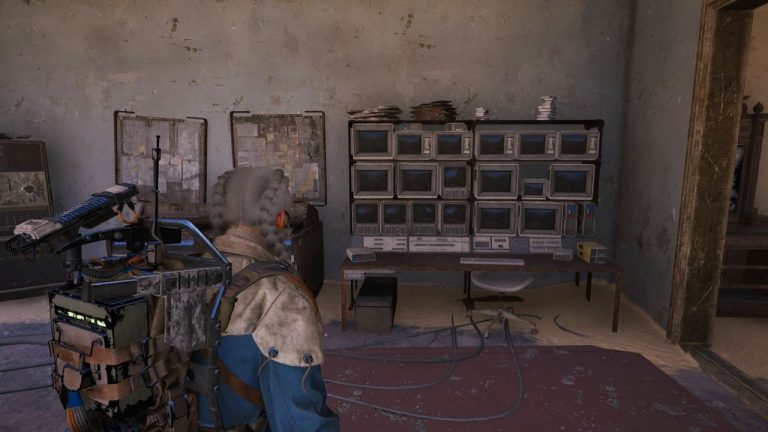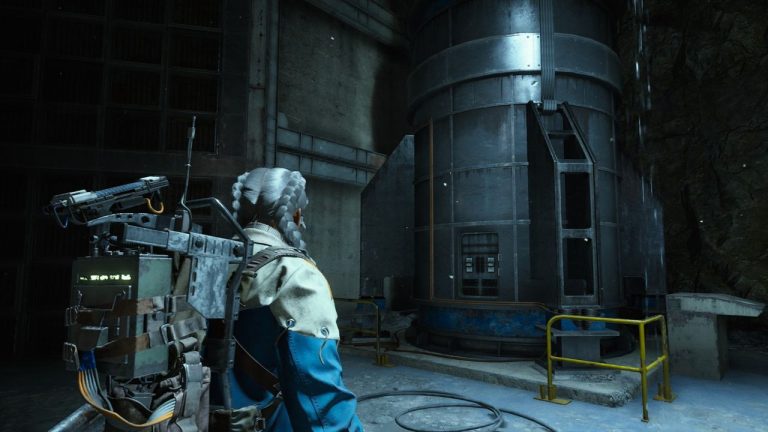Everyone wants hype around their game. Get the players excited and let the word spread naturally. But sometimes, building hype can backfire. When developers overpromise and don’t deliver, it can damage their relationship with their audience.
In this article, we explore what problems can arise if you overhype your game. And our top tips for building hype safely.
Good games can struggle with bad hype
Even with the best game in the world, if it doesn’t meet the hype, you will have a bad time. Take Cyberpunk 2077, objectively a fun RPG.
Unfortunately, Cyberpunk didn’t meet the expectations the developers set. They’d promised a world where every single NPC would have their own schedule and live out their lives. This was nowhere near the level of complexity the game ended up offering. Instead, the NPCs were just like any other open-world game. Similarly, other promised feature had to be dropped due to design restrictions.
Bugs and overhype aside, Cyberpunk wasn’t a bad game. It currently has 7/10 on Metacritic from the players, and it has won plenty of awards. But in context, its reputation was severely tarnished because they arguably released too early and without everything they’d promised. Had they been more upfront – saying that they were releasing a beta first or that they’d release certain mechanics and features later – they might not have received the same backlash.
It’s possible to recover
Just because a game gets off to a bad start, doesn’t mean that it can’t become a beloved game. No Man’s Sky is perhaps the best example of this phenomenon.
No Man’s Sky failed to deliver on many of the promises it made. In fact, The Internet Historian talked about this on his channel. He even created a handy table of all the features they promised, whether it was available at launch, and whether they eventually released it. Ringed planets, crash freighters to explore, factions with different attributes – all of these were promised, but missing at launch.
Now, the developers have listened to their players. They’ve released update after update, rolling out these mechanics over time. The game has evolved significantly, with the developers even releasing features they’d never promised in the first place.
By staying active, taking on feedback and engaging with their community, Hello Games has really turned No Man’s Sky around. They’ve rebuilt their reputation, and the ratings show the change. When it launched, it was getting mainly 4 or 5 out of 10 from users on metacritic. Now, it’s getting 9s and 10s, with phrases like “this game finally delivers on the original hype”, “the game runs really well now” and “deserves a second chance.”
Sadly, many people are unaware of the changes that Hello Games has made. So its reputation is still sullied by its lacklustre launch. Had they been a bit more clear and upfront at the start, No Man’s Sky would likely be a household name.
How do you avoid overpromises?
We’ve looked at the damage that you can cause by overpromising, but what should developers do? Clearly, building hype is still a useful tool.
1. Be clear about your roadmap or give regular updates
If you’re upfront about what features you’re going to release and in what order, you’ll make it much easier for your players to digest any setbacks or dropped features. (Or if things are taking longer than you expected.)
That doesn’t mean that you have to release every surprise and reveal all your plans. But explaining what’s on your list and what’s going to be available at launch, and what’s coming later down the line, means that players don’t get disappointed.
Larian Games, the creator of the Baldur’s Gate series, actually opted against having a roadmap for their title. It seems like the third instalment in the series is a lot more complicated than they expected. And although they give regular updates on their Steam and social channels, they opt to avoid promising specific dates – most likely to avoid disappointment.
2. Set expectations, then exceed them
It’s better to set realistic expectations and then release with more features than you promised than the other way around. In both cases, the game is exactly the same. But the perception of that game is completely different based on the expectations that you set.
So hold back some surprises and let them discover them when the game actually comes out. It’s better to surprise than disappoint.
3. Be honest about your limitations
It’s tempting to over-egg new mechanics or features in your game and go ham on the marketing. But if it’s a truly innovative idea, it’s very likely you’re going to have bugs or it won’t live up to the hype.
When releasing new features, let the gameplay speak for itself. Don’t try to ‘sell’ it. Show it in action and give the facts straight. Don’t push the ideas hard. If it’s really that good, you won’t need to say anything at all.
On the flip side, be honest with what people can’t do. If you’re making an open world, make a developer diary and have someone ask the challenging questions. “Will I be able to speak to every NPC?” “No, but we’ve added dialogue options for hundreds of characters that you’ll meet randomly. But no, not everyone.”
4. Don’t make promises you can’t keep
Deadlines, features, downloadable content, your pricing model. Whatever you’re talking about, only talk about it once you’re sure that it’s final.
This is particularly important for aspects of your game that might have bigger business considerations. Maybe you fun the game through a battle pass or maybe you have it be a one-time purchase. It’s much better to say that you haven’t decided yet, but you’re considering X or Y, than doing a complete U-Turn.
5. Admit mistakes early
If you do need to change your mind or limit the scope of your game, tell your players as early as possible. Apologize, explain your reasons, and tell people how you might compensate them for it. Maybe that’s offering a refund for preorders or that you’ll be releasing a different feature instead.
However you break the news, make sure you’re honest and upfront with your players. Otherwise, you’ll lose their trust and their loyalty.
Stay in the loop
If you find advice like this helpful and want to see more of it, then make sure that you sign up to our newsletter. And if you want to see the impact of your design decisions, try out our free analytics tool.












